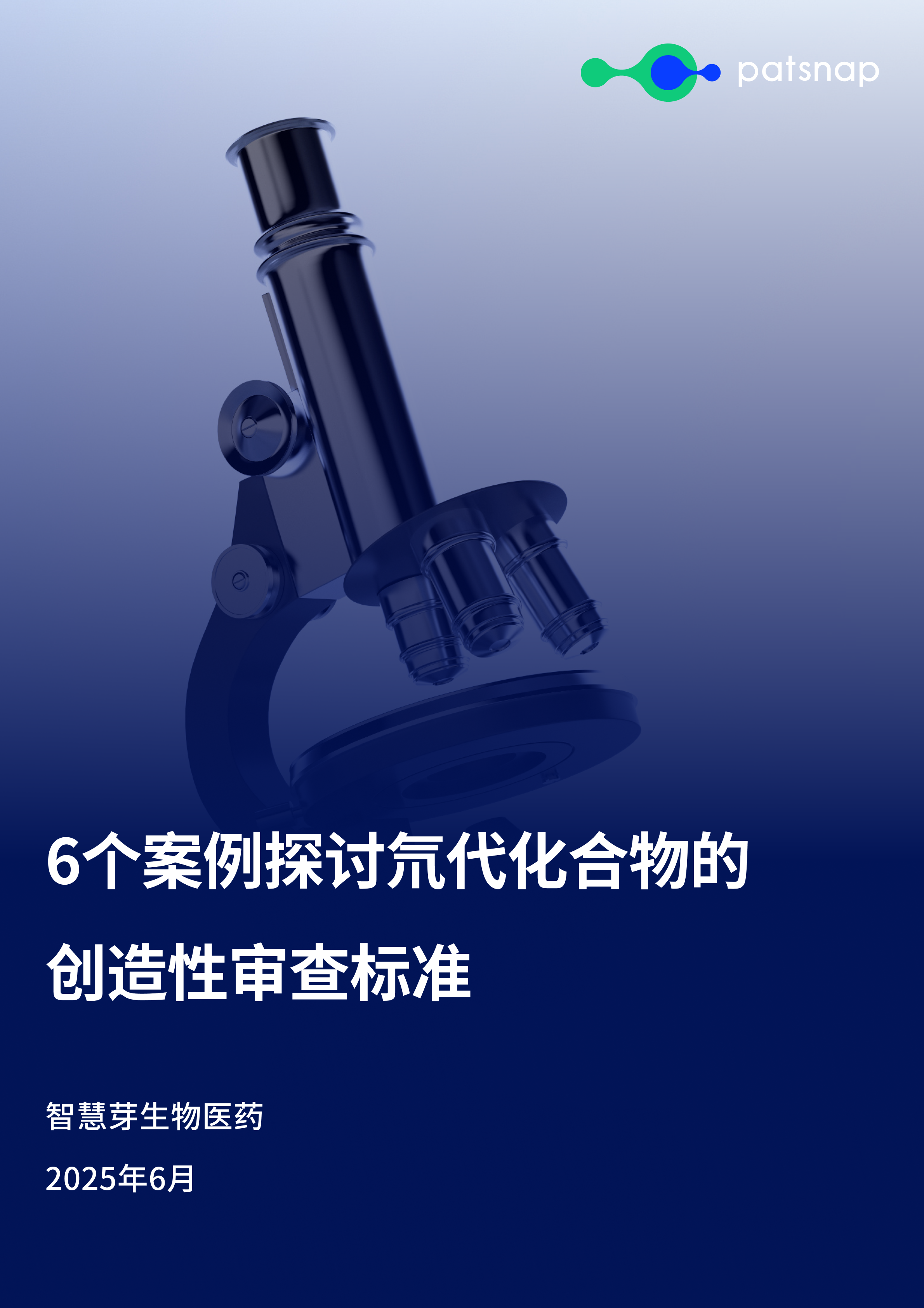预约演示
Astronomers discover 49 new galaxies in under three hours
2024-03-25
New work aimed to study the star-forming gas in a single radio galaxy. Although the team didn't find any star-forming gas in the galaxy they were studying, they instead discovered other galaxies while inspecting the data. In total, the gas of 49 galaxies was detected.
A team of international astronomers have discovered 49 new gas-rich galaxies using the MeerKAT radio telescope in South Africa from observations that were not even three hours long and were made possible by IDIA (Inter-University Institute of Data Intensive Astronomy).
Dr. Marcin Glowacki, from the Curtin University node of the International Centre for Radio Astronomy Research (ICRAR) in Western Australia, led the research, which aimed to study the star-forming gas in a single radio galaxy. Although the team didn't find any star-forming gas in the galaxy they were studying, Dr. Glowacki instead discovered other galaxies while inspecting the data.
In total, the gas of 49 galaxies was detected. Dr Glowacki said this was a great example of how fantastic an instrument like MeerKAT is for finding the star-forming gas in galaxies.
"I did not expect to find almost fifty new galaxies in such a short time," he said. "By implementing different techniques for finding galaxies, which are used for other MeerKAT surveys, we were able to detect all of these galaxies and reveal their gas content."
The new galaxies have been informally nicknamed the 49ers -- a reference to the 1849 California gold rush miners. Dr Glowacki views the 49 new galaxies as valuable as gold nuggets in our night sky. Many galaxies are near each other, forming galaxy groups, with several identified in one observation.
Three galaxies, in particular, are directly connected by their gas.
Dr Glowacki said, "These three are particularly interesting, as by studying the galaxies at other wavelengths of light, we discovered the central galaxy is forming many stars. It is likely stealing the gas from its companion galaxies to fuel its star formation, which may lead the other two to become inactive."
Professor Ed Elson, from the University of the Western Cape and a co-author of the paper, said, "This discovery highlights the raw power of the MeerKAT telescope as an imaging instrument. The methods we developed and implemented to study the 49ers will be useful for MeerKAT large science surveys, and smaller observing campaigns such as ours."
The discovery was no accident. Recently, an ICRAR summer student, Jasmine White, working with Dr Glowacki, helped find even more gas-rich galaxies in other short observations made by MeerKAT.
"We hope to continue our studies and share even more discoveries of new gas-rich galaxies with the wider community soon," Dr Glowacki said.
更多内容,请访问原始网站
文中所述内容并不反映新药情报库及其所属公司任何意见及观点,如有版权侵扰或错误之处,请及时联系我们,我们会在24小时内配合处理。
适应症
-靶点
-药物
-Eureka LS:
全新生物医药AI Agent 覆盖科研全链路,让突破性发现快人一步
立即开始免费试用!
智慧芽新药情报库是智慧芽专为生命科学人士构建的基于AI的创新药情报平台,助您全方位提升您的研发与决策效率。
立即开始数据试用!
智慧芽新药库数据也通过智慧芽数据服务平台,以API或者数据包形式对外开放,助您更加充分利用智慧芽新药情报信息。




